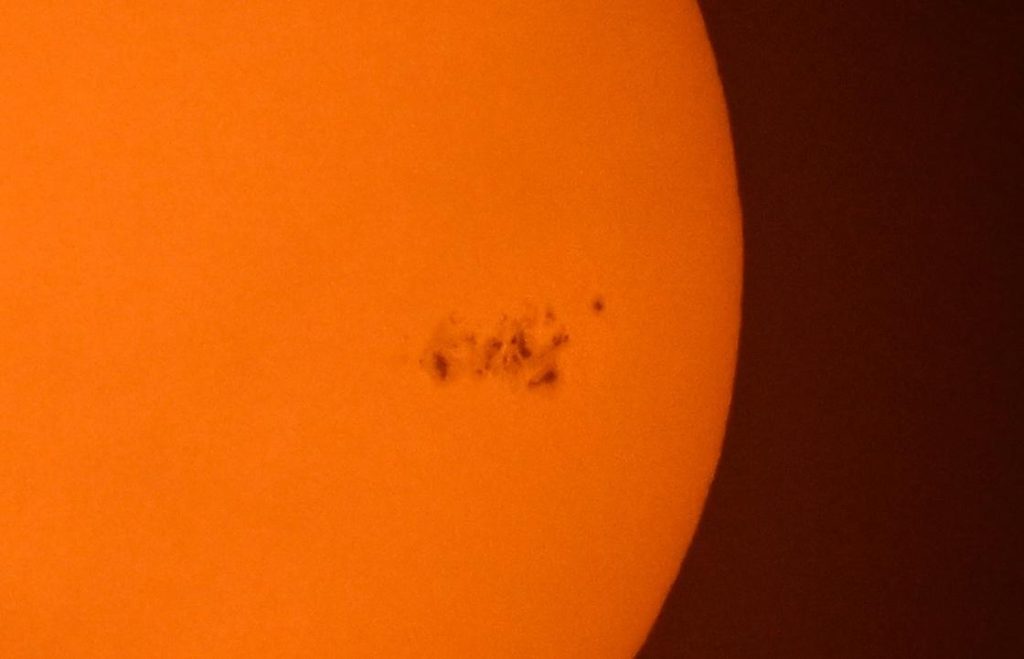Sunspot AR3664, which was last seen blasting powerful solar explosions our direction that generated historic and widespread aurora, has rotated back into view on the surface of the sun and already unleashed an X-class flare early Monday.
NOAA’s Space Weather Prediction Center recorded a flare off the southeast limb of the sun that measured X2.8. X-flares are the strongest classification of flares although we saw several stronger flares earlier this month. The higher the number, the stronger the intensity of the flare, which can cause radio and other communication blackouts on Earth.
However, the strength of a flare is just one of many factors that impacts how solar unrest impacts systems on our planet. Aurora and disruptions to electrical systems are actually more closely associated with coronal mass ejections (CMEs), which are eruptions of charged particles that can take a few days to reach Earth. CMEs are also directional, so when one is thrown off from a sunspot that is more directly aimed at Earth, it’s more likely to result in stronger impacts.
The source of the May 10 solar superstorm that generated aurora seen in all fifty states for the first time in decades was also sunspot AR3664, when it was more directly aimed at Earth in early May. The sun rotates on its axis like Earth does, and sunspot AR3664 has spent the past few weeks on the far side of the sun that faces away from our planet, but is just now rotating back into view from our vantage point.
It seems like AR3664 still has some steam after its travels, and another sunspot, AR3691, is also growing and developing X-flare potential as its firing line approaches Earth.
This all means we could be in store for an encore of what was seen on May 10 in the next week or two.
No official forecasts have been put out yet that include a repeat of this month’s superstorm, but the sun is a very fickle thing. We will learn a lot about what’s to come by watching closely this week.
If Monday’s X-flare is any indication, there’ more excitement to come, especially as this solar cycle is thought by many to be a year or more away from its peak in activity.
Read the full article here






